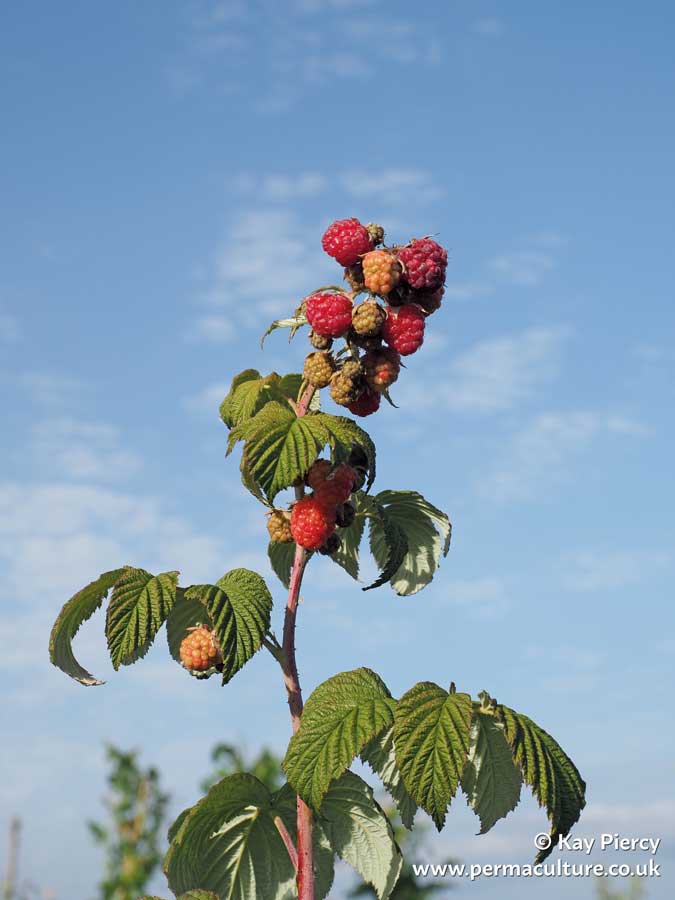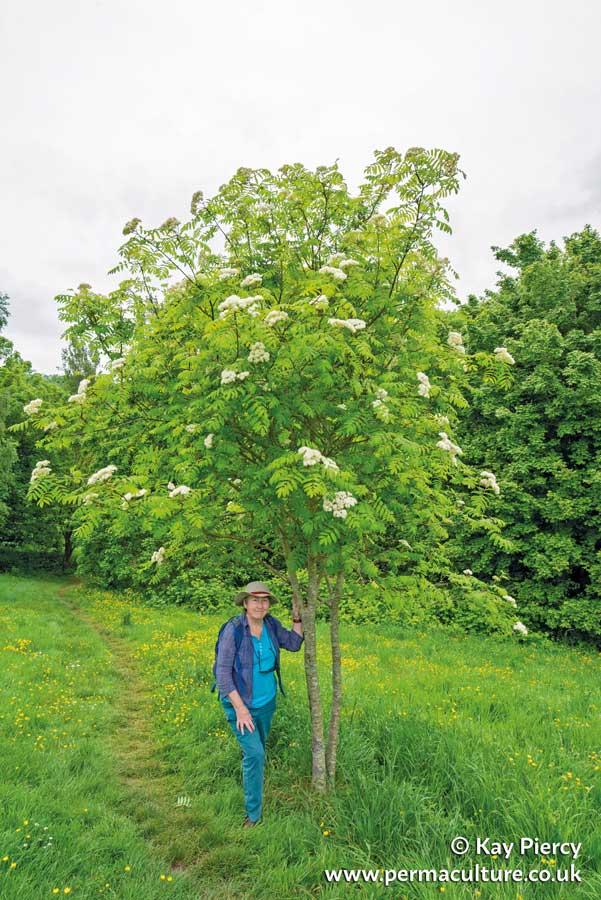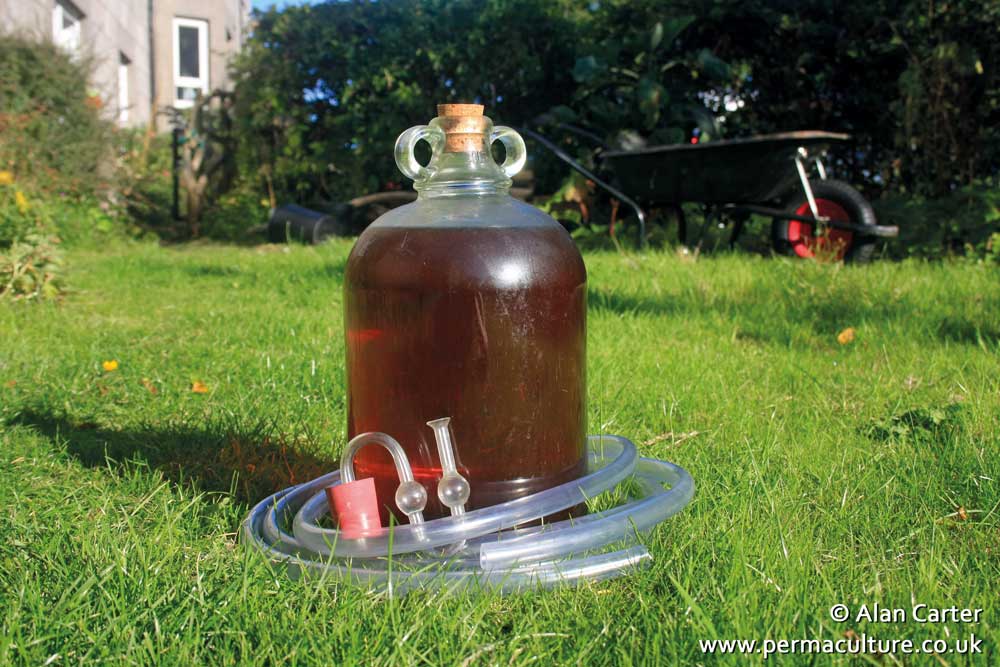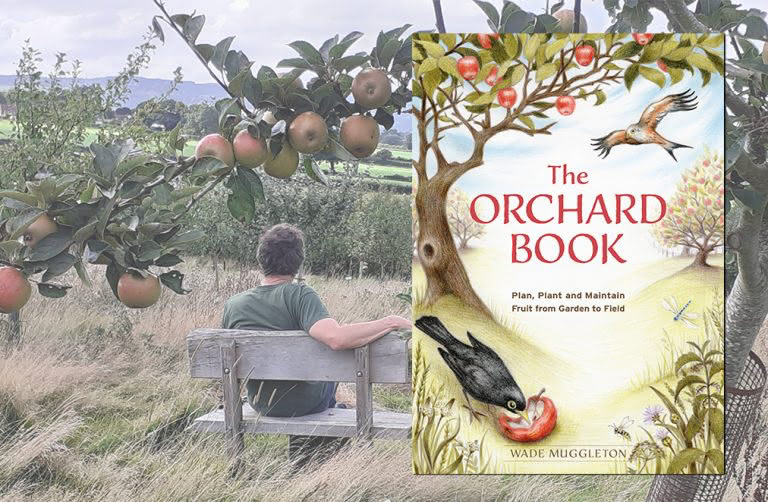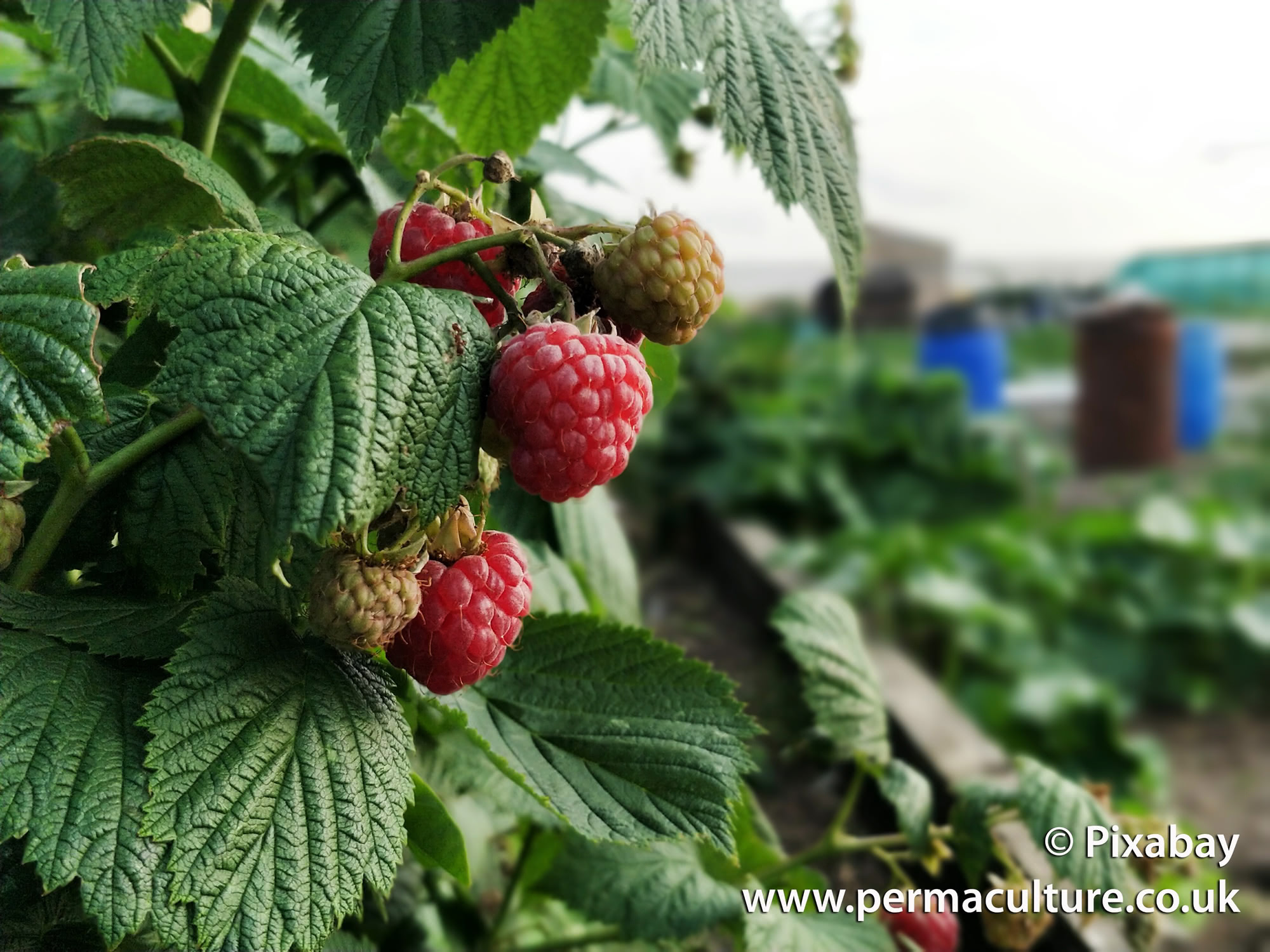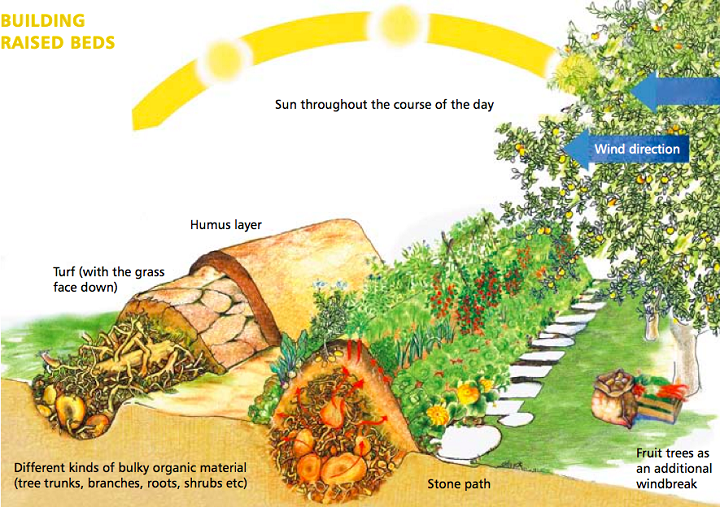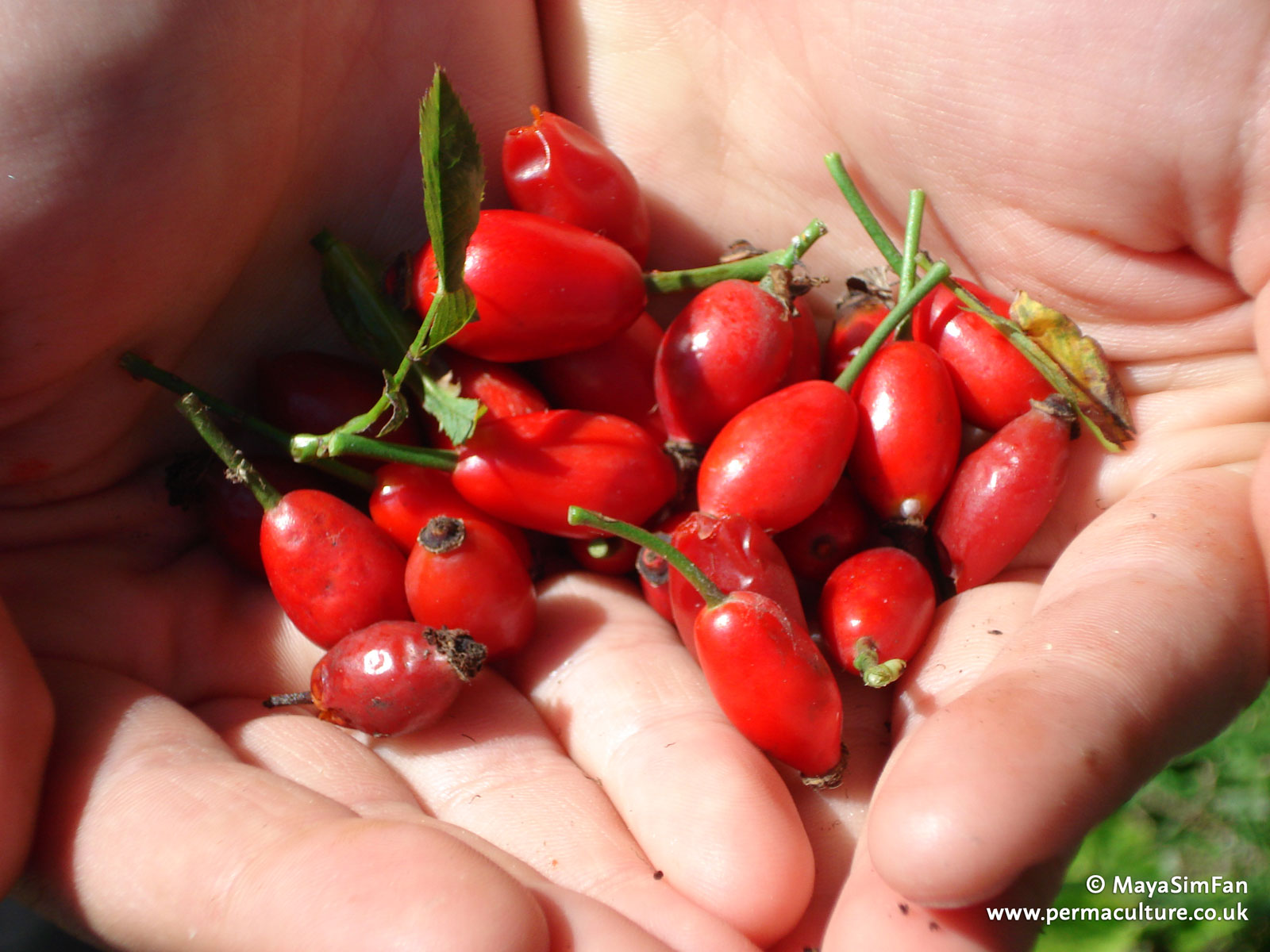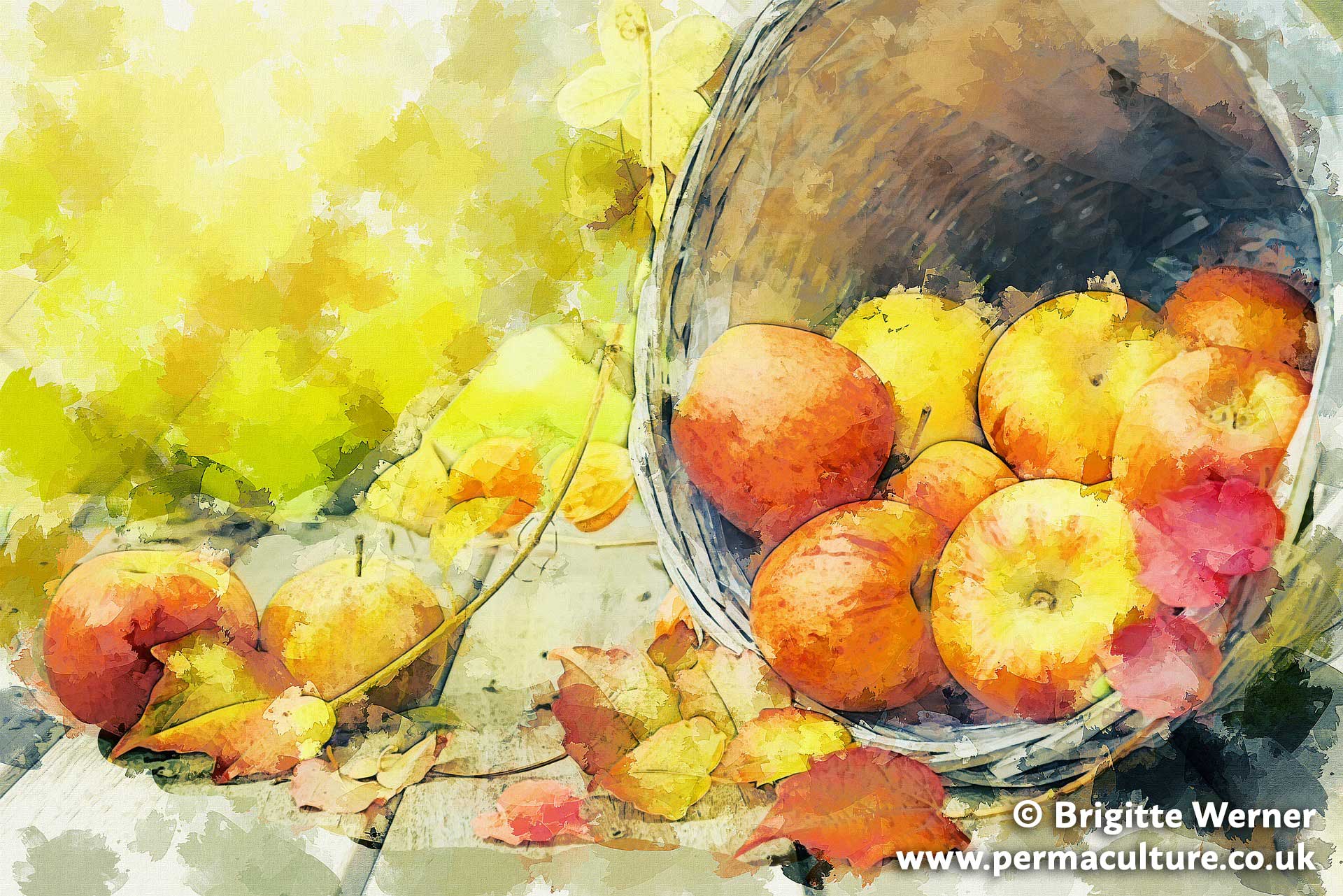Making cordials is a good way to use up surplus produce, to extend the eating season and to ‘add value’ to your crop. Like any culinary operation, cordial making is a mixture of science, cooking and washing-up. You need to balance the ratio of fruit to water to sweetener in order to obtain a tasty drink that keeps well, whilst not adding overly to your sugar intake. This is a spectrum rather than an absolute, and allowing for other variables such as weather, the contents of your cupboard and what is dangling from or plopping off the tree, I will focus on principles and generalisations rather than firm prescriptions.
I make cordial because I’ve got a glut: of elder in June, blackcurrants in July and plums in September. You need to use a fruit strong enough to dilute, so a mellow fruit like apple makes a nice fresh juice, but once you boil it, add sugar and dilute it, it makes a tasteless sugary drink. Ask yourself: does it have enough flavour when cooked to bear being diluted? If you don’t mind sugar, just whop a load of fruit in the pan and follow the instructions below. If you are conscious of sugar intake, you need to consider whether you can sweeten it sufficiently to preserve it, then dilute it sufficiently to reduce sugar intake to an acceptable level while maintaining a strong fruity flavour. Both plums and blackcurrants are perfect. The way to test this, if you want to experiment with another fruit, is to pop a sample of the fruit and a little water in a tightly lidded pan. Put it on a low heat. Let it stew for 20 minutes or so, then taste it. If you could happily eat it all, it won’t be nice diluted, but if it’s tart and tangy, it should be ideal. Why not try crab apple, quince or rosehip?
Start collecting bottles with clip top lids like Kilner jars. A batch of these makes life easier, because the danger with cordials is that they can possibly explode and having a bottle with a strong lid is a great comfort. If you can’t get any, just use any smallish glass bottles with lids, or even jars – but be more conscientious with your sterilising.
You’ll need a nice big saucepan, ideally a heavy preserving pan or cast iron cauldron, the larger the better to allow stirring space. Don’t be put off if you haven’t got the perfect thing. Any large saucepan will do.
You’ll also need a wooden spoon for stirring, a muslin square for straining, a measuring jug (which doubles up for pouring cordial into bottles) and a thick tea-towel or oven glove for handling hot bottles.
Also useful are a bottle brush, a big clean bowl or bucket for washing the fruit, a baking tray or flat dish to stand the bottles on while filling (so you can save and drink any spillages) and labels for the end product. A clean plastic bucket and a sieve are required for the elderflower.
The general principle is to boil the fruit down with a relatively small amount of water, to produce a clear fruit liquid. The sweetener is not added until later, which stops it turning into jam and saves sugar, as the pulp is discarded. Pick the fruit or flowers, wash and pick over as required, put them in your big pan, add the requisite water, cover with a lid and simmer. How much liquid is produced will depend upon the type of fruit used, its stage of ripeness and level of rain prior to picking.
The procedure can be split over two days to allow fruit-pulp to strain or flowers to steep. You can even prepare the fruit liquid when you’ve got a glut, then freeze it and make the cordial another time. This also allows you to buy sugar or honey after you know how much liquid you have produced, and to procure sufficient bottles.
Making cordial rather than fresh juice raises the issue of how to preserve it, and you need a strategy in place by Day 2. There are umpteen recipes online that avoid comment on preservation qualities and techniques. “We don’t have to worry about that!” they say. “It doesn’t last long enough in our house!” In my house I discourage profligacy with fruit juice. It has vitamins we need all year round, not just in the weeks after bottling.
If you have got an oven, dry sterilising is the best way especially for larger bottles. Wash them in hot soapy water, scrub them with a bottle-brush if necessary, and give a quick rinse under the hot tap. Wash and rinse your other utensils and equipment at the same time. Pop the bottles in the oven and turn up to 140-160ºC. Don’t put the bottles into a ready-hot oven. They may crack if the temperature differential is too great, and also it’s harder to arrange them on the shelf without burning yourself. If lids are plastic, boil these separately. After 20 minutes, turn the oven off.
Alternatively use a really large pan of boiling water and small bottles or jars so you can immerse them. This needs to be a different big pan, as you will be boiling cordial and sterilising bottles at the same time. Again, put the bottles (and lids) in cold and bring the water to the boil rather than add cold bottles to hot water. Boil them for about 10 minutes then turn off the heat and leave them immersed until you need them.
A quicker way to sterilise the bottles is with cider vinegar. Just a dash in each bottle, lid on, give it a little shake, and there you go. You might also use baby bottle or wine sterilising tablets, following the instructions supplied with the product, although these are of chemical origin.
Unopened, your cordial should keep for a year at least, but needs refrigeration once opened.
Note: If in doubt, please do err on the side of more sterilisation rather than less. Some of us have stronger stomachs than others – and none of these techniques are suitable for produce intended for sale.
The quantities below are approximate, because it really doesn’t seem to matter very much. You can’t magic fruit or flowers from nowhere, but if you happen to have lots, just make more cordial or reduce it down for a stronger mix which can be diluted more. Similarly with sweetener: the strategy is to add sufficient sugar to preserve and sweeten the cordial without swamping the flavour into sugar-water. My own objective is to concentrate the cordial as much as possible, making it fruity and flavourful with the least amount of sugar and requiring the smallest amount of storage space. Substituting the sugar for honey gives the cordial a sharper flavour.
Pick and wash the fruit then put it in the preserving pan. Add water, allowing about 140ml per 450g (¼ pint per 1lb) of fruit. Bring to the boil and simmer for long enough to soften the skin and reduce it down to a liquid pulp.
Rinse the soaking bowl if it is to be used for straining.
Straining the pulp can take a while, and may be left over night. If you squeeze the pulp or push it through a sieve the juice will go cloudy, like when you make jelly type jams. Even if you don’t mind cloudiness, minute fruit solids may ferment or affect keeping properties. To strain it, string it up in a muslin square (you can also buy special jam making bags). My mum did it by upturning a chair on the table and tying a corner to each leg. You put a bowl underneath, and the clear juice drips through. Make the muslin tauter than you think, as you don’t want it to sag into the bowl. The bowl must be deep enough to hold the liquid, but narrow enough to slip in and out between the chair legs, as once it’s full you can’t tilt it.
If you have a fitted kitchen with knobs on the high level cupboards, or another suitable hook a couple of feet above the work surface, tie two corners of the muslin securely together at each side, making two loops. Lay the muslin over the dish, tip the fruit pulp in the middle, then lift the corners, hanging the two loops over the cupboard door knob. It can then stay suspended overnight while you don’t need the cupboard.
Wash the preserving pan so that it is ready to use again tomorrow.
In the morning you’ll have beautiful, thick, clear juice and a load of fruit pulp. This is a great ingredient to perk up an apple pie or crumble, so if you’ve got a freezer, pop it in a bag until later.
Wash and sterilise your equipment, as above. Leave your hot soapy water in the sink for use throughout.
Measure the liquid in a jug, bailing it from dish to saucepan, keeping count to judge how much sugar to add.
Bring the liquid to the boil then add the sugar or honey, allowing about 170-340g (6-12oz) sugar or 200g (7oz) honey to 570ml (1 pint) of liquid.
Let it simmer for five minutes to dissolve the sugar and thicken the cordial, but don’t let it boil for too long. The plan is a nice syrupy cordial, not jam. From now on only sterilised equipment should come into contact with the cordial.
Using a dry cloth or oven mitt, take the hot sterilised bottles one at a time and fill to the top with cordial, leaving enough room for the lid but not for air. Put the lids on immediately. If it’s sticky, give the full, closed bottle a quick dip in the hot soapy water, then dry it for labelling. Be very careful, as the full bottles are deceptively hot and heavy.
Write your labels as you go along – ingredients, techniques, ratios of fruit to water and liquid to sugar in case you want to produce similar or different results next time. You are almost certain to forget later.
If you have a little bit left over or not enough for a full bottle, drink it to test dilution levels or bottle and refrigerate when cool.
140ml (¼ pint) water per 450g (1lb) of fruit
225g (8oz) of sugar per pint of juice
For best flavour, pick blackcurrants when they are dark, swollen and about to split.
They should only need a quick rinse to remove dust and possible bird poo. If you plan to cook with the pulp, remove the stalks now by taking the berries off with the tines of a fork. Otherwise stalks can get strained out later.
Simmer the blackcurrants and water gently for 30-45 minutes then follow the general instructions above.
140ml (¼ pint) water per 450g (1lb of fruit
340g (12oz) of sugar per 570ml (per pint) of juice
You can make lovely cordial from windfall plums, leaving the best ones on the tree for eating fresh. They will need any bruised parts removed, and also the stones if you want to use the pulp. I find the best way to do this is to put them in a bowl of lukewarm water then rub off the squashy bruised parts with your fingers, at the same time squeezing out the stones. You’ll find the texture is completely different and that this method is more effective and less wasteful than using a knife. Pop the fleshy parts in a tub for weighing, then transfer to the preserving pan as you go.
Add the water then simmer gently until they fall apart, mashing up the fruit with a wooden spoon or potato masher.
For more recipes see:
The Creative Kitchen by Stephanie Hafferty
The Medicinal Forest Garden Handbook by Anne Stobart

